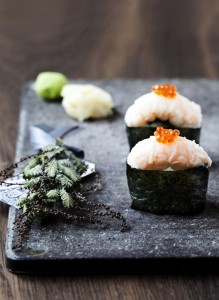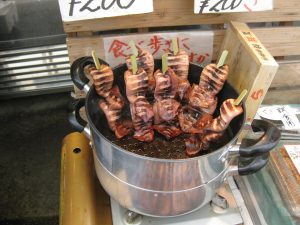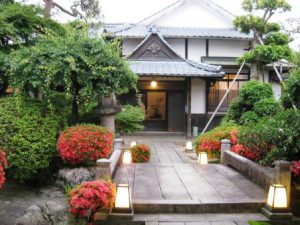
Japan is surrounded by open sea and, many thousands of years ago, seaweed was considered the most important vegetable. It still does today it is an indispensable ingredient in the Japanese kitchen.
Outside of Japan, most people are familiar with sushi nori. It is a dried type of seaweed that is used in several different ways when making sushi. The seaweed is dried in such a way that vitamins and minerals are retained while still being crisp in texture.
In Japan, sushi nori is not only used for sushi. Sushi nori are used in many different dishes, from large pieces that are added to noodle soups to thin strips that are sprinkled over a salad. There are many options.
On the Sushi course for beginners, you learn step by step how to make tasty sushi with sushi nori.
_
Zoë has lectured and held sushi courses for A. P. Moller – Maersk, Hugo Boss Nordic, Novo Nordisk, Novartis, Velux, Gorrissen Federspiel, Beierholm revision, Elbek & Vejrup and many more.









